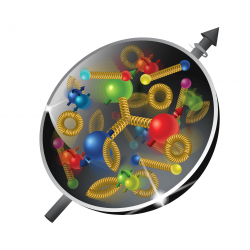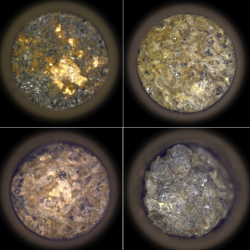A robot that can jump into flight like a bird could eliminate the need for runways for small fixed-winged drones.
Birds use the powerful explosive force generated by their legs to leap into the air and start flying, but building a robot that can withstand the strong acceleration and forces involved in doing that has proved difficult.
Now, Won Dong Shin at the Swiss Federal Technology Institute of Lausanne (EPFL) and his colleagues have built a flying propellered robot called RAVEN that can walk, hop and jump into the air to start flying, with legs that work like a bird’s.
“Fixed-wing vehicles, like airplanes, always require a runway or a launcher, which is not found everywhere. It really requires designated infrastructure to make an airplane take off,” says Shin. “But if you see a bird, they just walk around, jump and take off. For them, it’s quite easy. They don’t need any external assistance.”
Unlike real birds’ legs, which have joints at the hip, knee and ankle, RAVEN’s legs have just two joints, at the hip and knee, that are powered by motors. There is also a spring in each foot that can store and release elastic energy. Using fewer components meant that Shin and his team could keep RAVEN to a weight of around 600 grams, similar to that of a crow.
In indoor tests, RAVEN could jump almost half a metre into the air and at 2.4 metres per second – which is a similar speed to birds of the same size – at which point a propeller takes over. Being able to launch upwards from anywhere could make RAVEN useful in disaster relief missions where regular fixed-wing drones can’t land or take off, says Shin. First, however, the team will need to develop RAVEN’s ability to land safely, he says.
“We have seen quite a lot of work on flying robots that land on perches, but not a lot of people have focused on take off with legs,” says Raphael Zufferey, also at EPFL, who wasn’t involved with the work. “I think we’ll see the two fields – landing, or perching, and take off – come together in single platforms, where we’re able to have these robots fly, detect a branch, land on it, recover, do a mission and then take off.”
Topics:








Leave a Comment